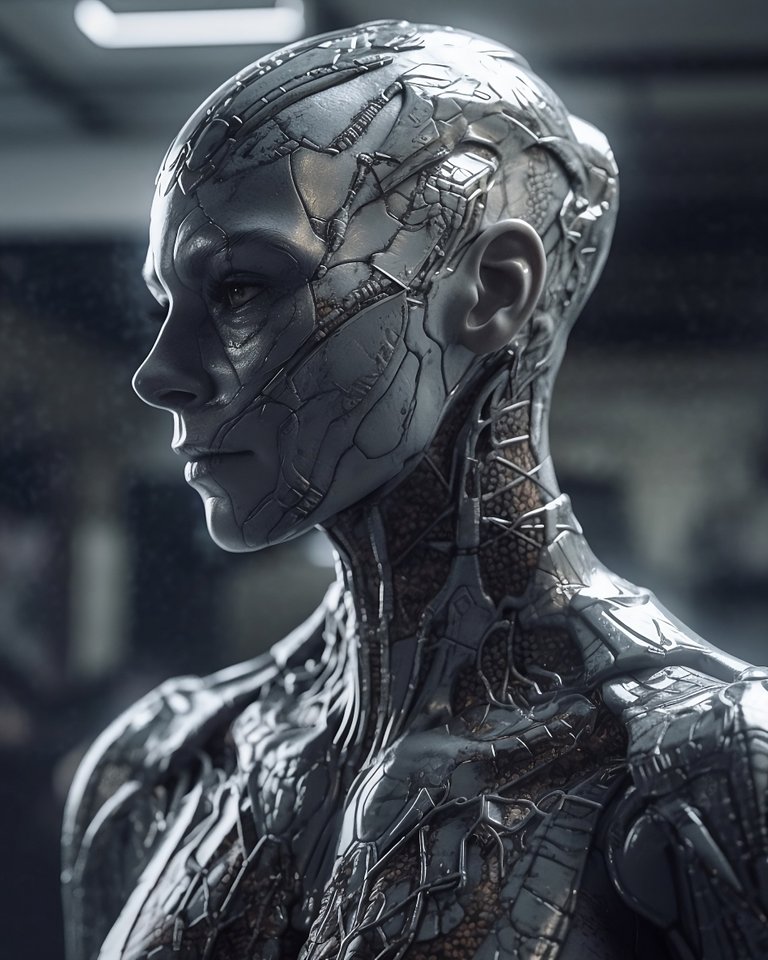Merging Man and Machine: The Fascinating World of Cyborgs and the Future of Human Enhancement
Greetings, tech enthusiasts! 🤖
The concept of cyborgs, or cybernetic organisms, has long captivated our collective imagination, blurring the line between humans and machines. In this post, we'll delve into the world of cyborgs, exploring their origins, real-life examples, and the ethical considerations surrounding the integration of technology into the human body.

🌱 The Origins of Cyborgs: Science Fiction Meets Reality
The term "cyborg" was first coined in 1960 by Manfred Clynes and Nathan S. Kline to describe a hypothetical being that could adapt to extraterrestrial environments through the use of artificial enhancements. Since then, the concept of cyborgs has become a staple of science fiction, with iconic characters like RoboCop, the Terminator, and the Borg from Star Trek capturing our fascination with the fusion of man and machine.
While once purely the stuff of fiction, advancements in medical and technological fields have made the concept of cyborgs a reality, with numerous examples of human-machine integration existing today.
🔧 Real-Life Cyborgs: Pioneering Human Enhancement
The integration of technology into the human body can take many forms, from prosthetic limbs and cochlear implants to brain-computer interfaces and subdermal RFID chips. These advancements have the potential to restore lost functionality, enhance human abilities, and even create entirely new forms of sensory perception.
Notable real-life cyborgs include:
- Neil Harbisson: Born with achromatopsia, a condition that renders him colorblind, Harbisson has an antenna implanted in his skull that translates colors into audible frequencies, allowing him to "hear" colors.
- Moon Ribas: A performance artist with an implanted sensor that allows her to feel seismic vibrations from around the world, transforming these vibrations into a unique form of artistic expression.
- Kevin Warwick: A professor and cybernetics expert who has undergone various experiments, including the implantation of an RFID chip and a neural interface, exploring the potential of human-machine integration.
🤔 The Ethics of Human Enhancement: Navigating Uncharted Territory
As the line between humans and machines becomes increasingly blurred, a host of ethical questions and concerns arise. Issues such as informed consent, privacy, and the potential for unequal access to enhancement technologies must be carefully considered as we navigate the future of human-machine integration.
Furthermore, the possibility of creating superhuman abilities or fundamentally altering the human experience raises questions about what it means to be human and the potential societal implications of these enhancements.
💡 The Future of Cyborgs: A New Frontier in Human Evolution
The concept of cyborgs challenges us to envision a future where the boundaries between man and machine are no longer clear-cut. As we continue to push the limits of human enhancement through technological advancements, we may find ourselves redefining what it means to be human and embracing new possibilities for growth, adaptation, and evolution.
Image generated by me using Midjourney.
Hashtags: #Cyborgs #HumanEnhancement #ManAndMachine #CyberneticOrganisms #ScienceFiction #Reality #Prosthetics #BrainComputerInterfaces #RFID #Ethics #FutureOfHumanity #Transhumanism #TechnologyIntegration
https://twitter.com/71916177/status/1651221994862436362
The rewards earned on this comment will go directly to the people( @technologix ) sharing the post on Twitter as long as they are registered with @poshtoken. Sign up at https://hiveposh.com.